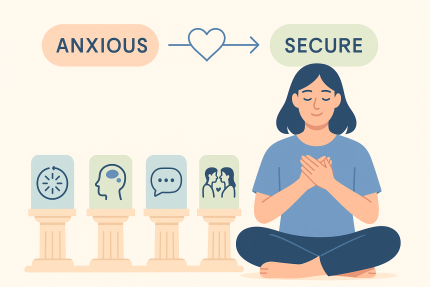Getting Started with a Home Oxygen Concentrator
- 12 September 2022

A home oxygen concentrator is a device that helps with the difficult task of breathing for people with lung disease. In general, these devices provide a continuous source of clean air to the user, which they can inhale through a straw-like device, more commonly known as a nebulizer. These devices can also filter the air before delivering it to the patient, which is helpful for those with more severe lung disease or those who are prone to infection.
If you're thinking about getting a home oxygen concentrator, keep reading. We'll discuss everything you need to know about this valuable piece of medical equipment.
What Are the Most Common Types of Lung Disease That a Home Oxygen Concentrator Could Help With?
The most common types of lung disease that a home oxygen concentrator could help with are asthma, COPD (Chronic Obstructive Pulmonary Disease), and cystic fibrosis. Asthma is a commonly diagnosed disease that affects people of all ages. It is basically when your airway becomes narrow because of inflammation or swelling, which makes breathing difficult. COPD is a type of chronic respiratory disease that is caused by smoking or exposure to smoke. It is characterized by constant coughing, sputum production, and breathlessness. People with cystic fibrosis often have thick sputum, frequent lung infections, and shortness of breath. Home oxygen concentrators could be a valuable tool in treating these conditions.
How Do I Use A Home Oxygen Concentrator?
It's important to follow the manufacturer's instructions when using a home oxygen concentrator. However, in general, you will need to use a nasal cannula while sleeping and while exercising to ensure proper oxygenation. To use a home oxygen concentrator, follow these steps:
- Connect the oxygen tubing from the housing to a nasal cannula
- Secure the oxygen tubing to prevent disconnection
- Plug in the pump, which draws air through the tubing and into the nose
- While sleeping, place the nasal cannula into your right nostril and leave it there for at least 10 minutes, but no more than 15 minutes, to allow the oxygen to diffuse into your blood properly
- Wake up and remove the nasal cannula, reconnecting the tubing to the housing
- Exercise as usual
Make sure to consult your doctor before using a home oxygen concentrator. This type of medical device is not meant to replace breathing therapy delivered in a healthcare facility. Instead, it is meant to provide a less obtrusive, more convenient way to help patients improve their quality of life.




